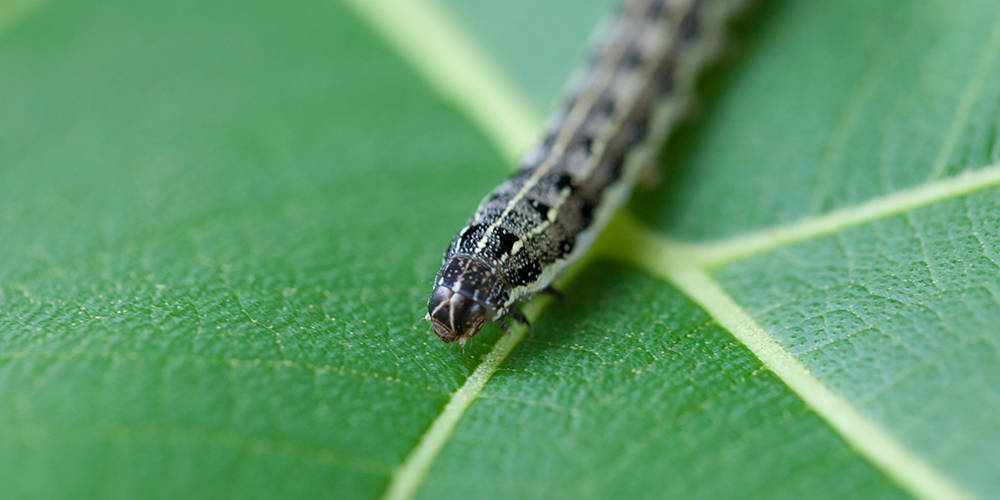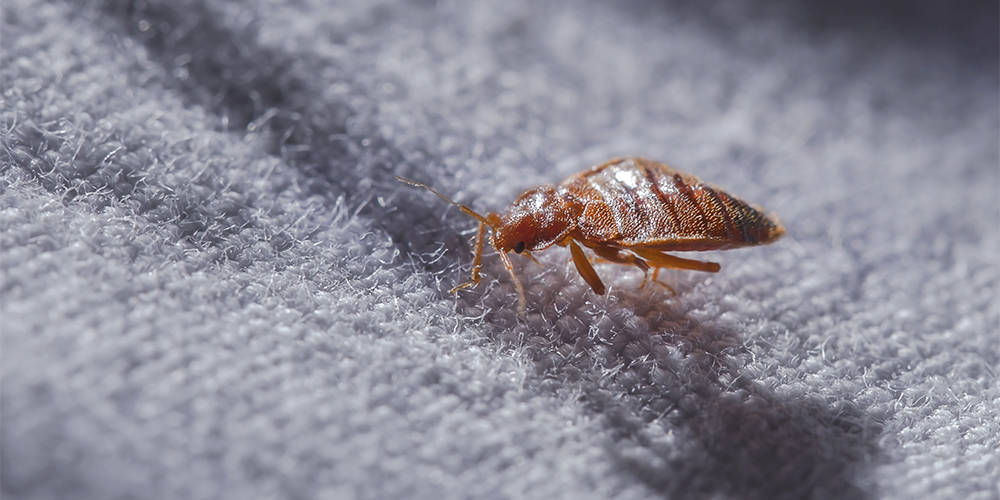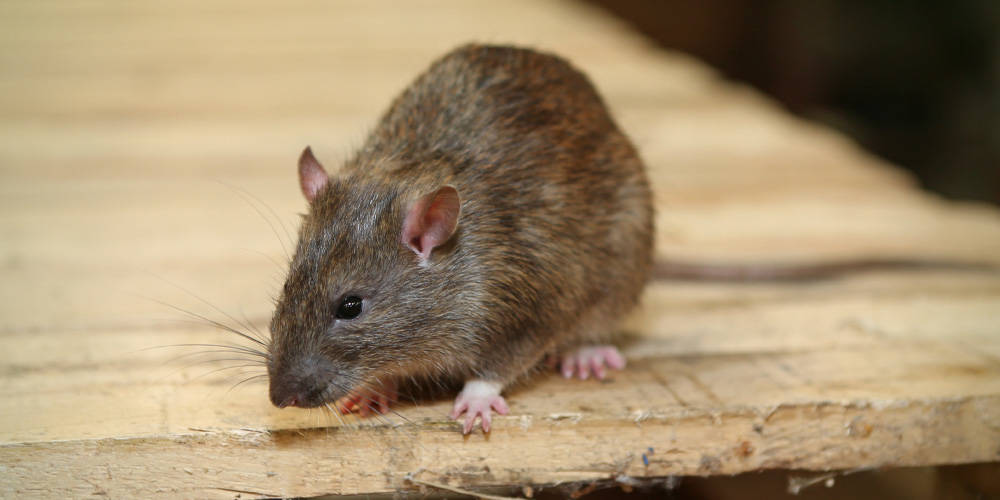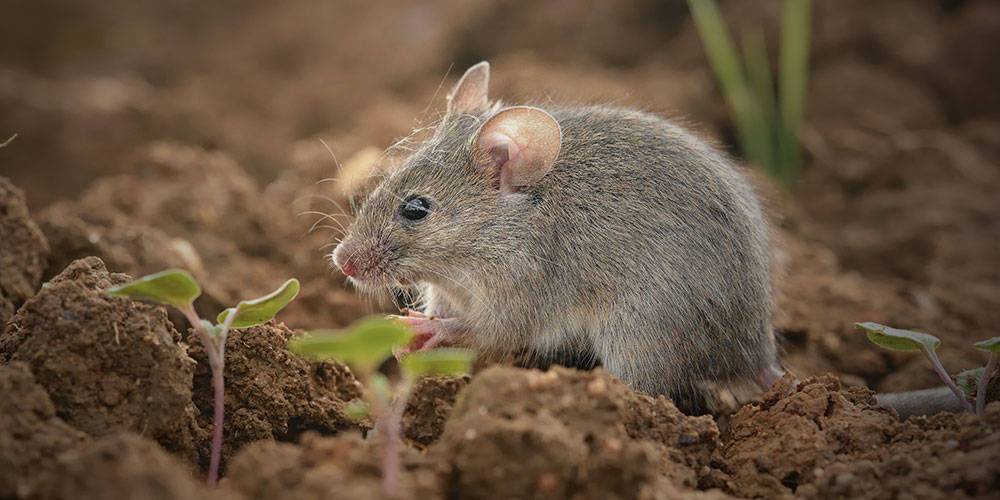How to get rid of cutworms

Imagine walking out to your vegetable garden one morning and finding your young vegetable transplants just lying on the ground, cleanly cut off above the soil line. Or your row of planted bean seeds that had just emerged, all snipped off. The list of suspects is short: cutworms! They get their name because they cut down young plants as they feed on the stems.
What is the skinny worm in soil?

Cutworms are the caterpillar (larva) stage of several species of night flying moths.
- There are “surface” cutworms that feed on plants at or right below the surface level, cutting the stem down. There are also “subterranean” cutworms that feed underground on the roots. These are more active in the early spring.
- Another type is called “climbing” cutworms, which as the name implies, climb up the maturing plant to feed on leaves, buds, stems and even the fruit of various plants. This activity is seen later in the season.
- A third type is the “army” cutworm, which tends to feed above ground in large “army-like” groups and can be very damaging. Not seen often in home lawns and gardens.
What is the life cycle of cutworms?
The surface and the climbing cutworms are typically the ones found in gardens and are solitary feeders. All cutworms hide in the soil during the day and come out at dusk to munch on your plants. Most cutworm damage is seen with seedling vegetables early in the spring, where the pests curl their bodies around the stem. Climbing cutworms are general feeders that attack a wide range of growing plants. They like to feed on the most common vegetables in your garden: beans, cabbage, broccoli, asparagus, carrots, celery, corn, potatoes, peas, lettuces, peppers and tomatoes. A few feed on lawn grasses.
The adult moths lay eggs in late summer on low-growing plants and weeds, or on dead plant material. Adults are typically dark grey or brown night flying moths with a 2.5-4 cm (1-1 1/2”) wingspan with ragged blotches on their wings. They do not damage plants. Most species overwinter within the soil as unhatched eggs or young larvae.
Some moths overwinter down south and return in the spring to lay eggs. Cutworms usually have one generation a summer, but some can have more, depending on the season. The larvae have smooth, hairless bodies measuring 2.5-5 cm (1-2”). They come in many shades of colours, depending on the species: black, brown, pink, green, yellow or grey, some are two-toned, and some have dots and/or stripes. But all types of cutworms have two things in common: hiding in the soil during the day and when disturbed, they curl up in a “C” shape.
Does diatomaceous earth deter cutworms?
If you see cutworm damage, don’t delay acting to control them. Confirm their presence by going into the soil around the damaged plant. The cutworm will be hiding in the top 5 cm of soil. Destroy it by dropping it in a jar of soapy water. You can also chase them by going in your garden at dusk and handpicking them off your plants.
Protect your young seedlings by applying a barrier of diatomaceous earth around them. Diatomaceous earth is made from fossilized, abrasive remains of prehistoric marine life. This product can be found in Wilson ANT OUT Ant Killer Dust and in Wilson BED BUG OUT Bed Bug and Crawling Insect Killer Dust. Diatomaceous earth is approved for organic gardening. The dust scratches the cutworms’ bodies as they crawl over it and it causes them to dehydrate and die.
You could choose to make a physical barrier around each of your seedlings by using small cans, plastic cups with the bottom cut out, or empty toilet paper or paper towel rolls. Make sure you press these types of barriers down 2.5 cm into the soil.
What is the threshold of cutworms?
Another natural solution is to apply beneficial nematodes such as Wilson GRUB OUT White Grub Nematodes. You unpack the nematodes into a nematode hose-end sprayer and soak the target areas. These nematodes are microscopic worms that will find the underground caterpillars and destroy them.
For climbing cutworms that are damaging maturing vegetables later in the season, you can go out at dusk and spray Green Earth Horticultural Oil Insect Spray or Green Earth Insecticidal Soap. These organic-approved products are contact killers, in that you have to get the spray on the actual cutworms. Sometimes hard to do in the dusk hours. Conversely, you can always use a more traditional product called Wilson BUG-X OUT Tree and Garden Insect Killer, which does protect the plant from cutworm feeding activity. Follow directions on the label.
How do I get rid of worms in my garden?

For prevention, there are several things that you can do.
- In the fall, clean out all dead vegetation and weeds from the garden. Turn over or rototill the soil to expose overwintering eggs and larvae. Repeat in the spring. The birds especially like it when you present them with a delightful buffet. Keeping the garden clean of plant material discourages adult moths from laying eggs there.
- Raised gardens will discourage wandering cutworms from crawling into your garden. If you have a traditional in-ground garden, leave a one-metre-wide buffer strip of unplanted, tilled soil. Cutworms dislike crossing dry, bare soil.
- Avoid using mulch as it gives cutworms hiding places. Try instead something called dust mulching between the rows. Till or hoe about 2.5 cm (1”) deep so the surface dries out and is fluffy, discouraging travelling across the row.
- Do all your watering in the morning, so the soil has a chance to dry out by dusk, prior to cutworm dinnertime.
- Wait as late as possible before setting out transplants or seeds. Cutworms are on the move early in the spring.
- Some gardeners claim that planting sunflowers on the edge of the garden helps. That is because sunflowers are a favourite target of cutworms. The idea is to attract the caterpillars to those plants and you handpick them off, before they find the rest of your vegetables.
- Encourage natural predators of cutworms in your garden: toads, ground beetles, spiders and parasitic wasps.












